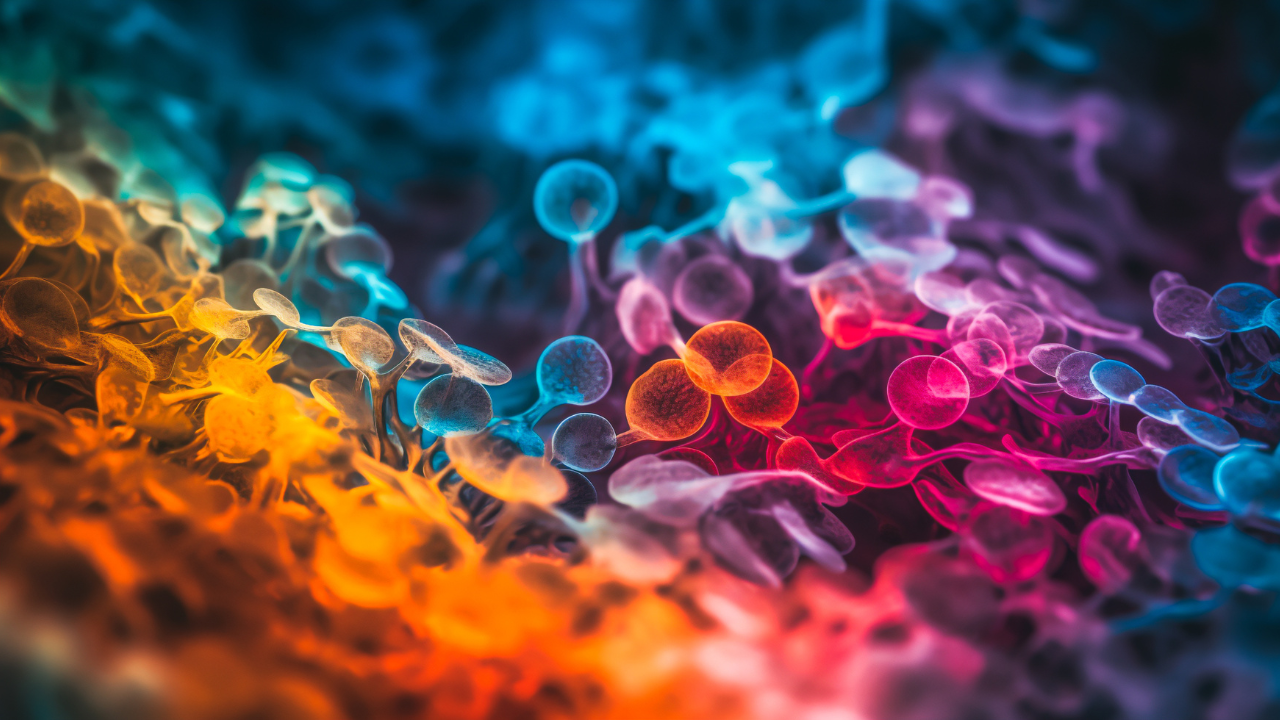Cambridge Researchers Develop New Machine Learning Platform to Predict Chemical Reactions
New machine learning technology combines artificial intelligence with automated experiments.

In collaboration with Pfizer, researchers from the University of Cambridge have created a platform called the chemical reactome that combines automated experiments with artificial intelligence (AI) to predict chemical reactions. This approach will attempt to accelerate the design process for new drugs by understanding chemical reactivity more efficiently. Validated on a dataset of over 39,000 relevant reactions, the reactome identifies correlations between reactants, reagents, and reaction outcomes, utilizing data from high-throughput automated experiments, according to the investigators.1
Published in Nature Chemistry, the results reportedly indicate a significant advancement in chemical discovery by moving from trial-and-error to a data-driven approach. The reactome uncovers hidden relationships between reaction components and outcomes, providing a deeper understanding of organic chemistry. The researchers said this has the potential to revolutionize drug development and benefit various industries working with molecules.1
"The reactome could change the way we think about organic chemistry," said Emma King-Smith, PhD, Cambridge's Cavendish Laboratory, in a press release. "A deeper understanding of the chemistry could enable us to make pharmaceuticals and so many other useful products much faster. But more fundamentally, the understanding we hope to generate will be beneficial to anyone who works with molecules."
In an additional paper published in Nature Communications, the team introduced a machine learning approach enabling chemists to make precise transformations to specific regions of a molecule. Crediting it for allowing faster drug design without the need to rebuild molecules from scratch, the machine learning model predicts where a molecule would react and how the site of reaction varies under different conditions. Furthermore, the advancement addresses challenges in late-stage functionalization reactions, providing chemists with a predictive model for better screening and design adjustments in drug development.1
Last month, researchers at MIT developed their own machine learning model that has shown the potential to accelerate the speed in which researchers are able to predict chemical reactions. According to MIT News, the model could be harnessed to enable investigators to develop new reactions and catalysts to produce new drugs, or to model naturally occurring chemical reactions, similar to those involved in the evolutionary processes of life on Earth.2
“Knowing that transition state structure is really important as a starting point for thinking about designing catalysts or understanding how natural systems enact certain transformations,” said Heather Kulik, associate professor of chemistry and chemical engineering, MIT, senior author of the study.2
The researchers at Cambridge stated that their model enables chemists to find ways to precisely tweak the core of a molecule.1
"The application of machine learning to chemistry is often throttled by the problem that the amount of data is small compared to the vastness of chemical space," said Alpha Lee, PhD, lead researcher. "Our approach -- designing models that learn from large datasets that are similar but not the same as the problem we are trying to solve -- resolve this fundamental low-data challenge and could unlock advances beyond late stage functionalization."
References
1. Accelerating how new drugs are made with machine learning. Science Daily. January 15, 2024. Accessed January 16, 2024. https://www.sciencedaily.com/releases/2024/01/240115121204.htm
2. Computational model captures the elusive transition states of chemical reactions. MIT News. December 15, 2023. Accessed January 16, 2024. https://news.mit.edu/2023/computational-model-captures-elusive-transition-states-1215